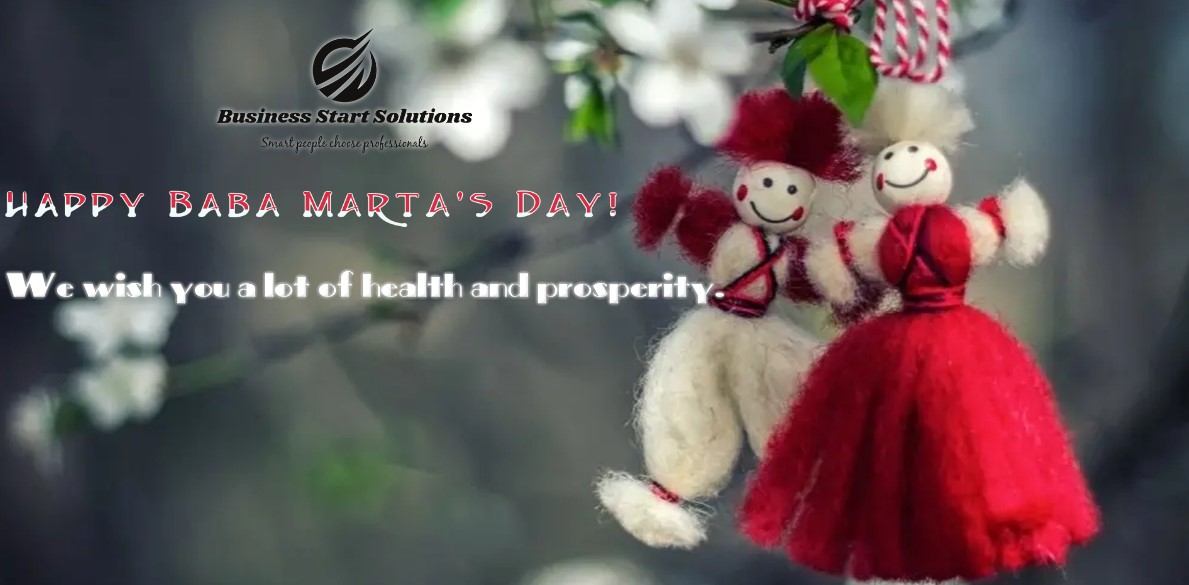

These handmade dishes are shared with family and friends, and the celebration is a time for coming together and strengthening relationships. Baba Marta is celebrated with the most important elements of dancing, feasting, and singing. It is customary for people to exchange Martenitsi with each other as a symbol of good luck and health for the coming year. The red symbolizes blood and life, while the white represents purity. What’s In Baba Marta?īaba Marta is celebrated by people of all ages, who dress in traditional clothing, called Martenitsi, which are made of white and red threads woven together. It is a time for people to gather together, develop ties with their loved ones, and foster a feeling of community. The celebration is seen by many people in Bulgaria as an opportunity to reconnect with nature and honor the forces of nature that determine the seasons. Cultural Recognitionīulgarians use the celebration of Baba Marta as a means of making a connection with their ancestors and gaining a deeper understanding of the cultural values and traditions that shaped their culture with the beliefs and customs of their predecessors. Acknowledge the Transitionīaba Marta commemorates the beginning of new life and growth as people come together in this transition to connect over the shared winter experiences while also looking forward to the warm and sunny future by celebrating this transformation.

The significance of Baba Marta extends beyond the simple celebration of spring and delves into its cultural, social, and historical roots. Since March in Bulgaria is known for its fluctuating weather, it is assumed that Baba Marta is responsible for the unpredictable weather during the entire month of March.īaba Marta is celebrated to hurry the winter and welcome spring faster as ancestors begged Baba Marta for mercy by dressing in the Martenitsa colors of red and white. Baba Marta Historyīaba Marta is a mythological figure from Bulgarian folklore described to be a grumpy old woman whose moods change frequently. Even so, the holiday can last throughout the entire month of March. The national holiday celebration of Baba Marta is observed annually every 1st of March.
Baba marta celebration how to#
How to Create a Baba Marta Social Media Postīaba Marta is a traditional holiday celebrated annually in Bulgaria, marking the end of the winter and the beginning of the spring.īaba Marta, also known as Grandma March Day a centuries-old celebration named after the mythical character Baba Marta, considered the personification of the old year.Tulips were also given on the occasion of International Women’s Day to the ladies present. Traditional Romanian and Moldovan dishes were presented at the celebration, as well as traditional Moldovan sweets called Bokoria (joy). The tradition of Baba Marta (Martenitsa) was inscribed on the UNESCO list of intangible world heritage on December 6, 2017.ĭuring the celebration, the Romanian ambassador pointed out that through the four countries together (Romania, Moldova, Bulgaria and Republic of North Macedonia) the tradition of Martenitsa is being promoted, which attracts the international interest.

Mariela Modeva, diplomats and representatives of Bulgarian cultural comunity. Rositsa Kirova, the Deputy Minister of Tourism, Mrs. The celebration was attended by official representatives from the Bulgarian government, including the Deputy Speaker of the National Assembly Mrs. Brandusha Predescu and the Ambassador of the Republic of Moldova to Bulgaria H.E Mr. Lina Omar attended a celebration held at the Romanian Embassy in Sofia at the invitation of the Ambassador of the Republic of Romania to Bulgaria H.E Mrs. The Ambassador of the Republic of Iraq to Bulgaria H.E Mrs.


 0 kommentar(er)
0 kommentar(er)
